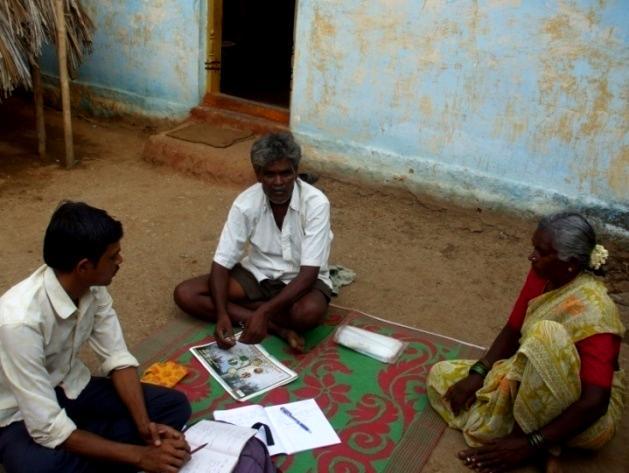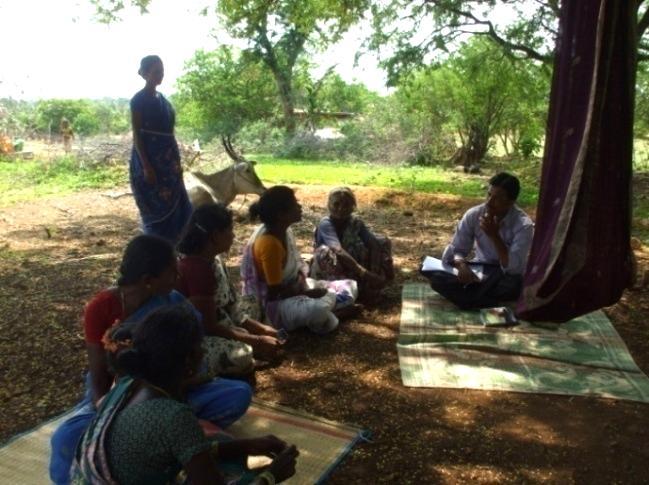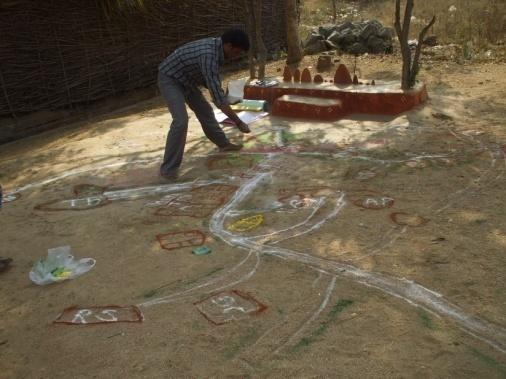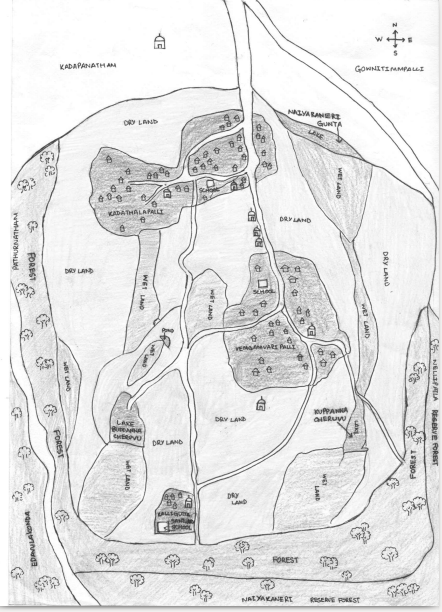Participatory development approaches have emphasized the role of communities and local stake holders in the design and implementation of projects for their empowerment. In the context of communities embedded in and dependent on forest ecosystems, conservation, restoration of ecosystems and building self-reliant communities go hand in hand. Indigenous communities often are knowledge holders and their traditional knowledge is known to be critical in the development of sustainable management of forests.
Recognizing this, the Kaigal Education and Environment Program, emphasized bringing together knowledge systems and building linkages right from the very start. Tribal communities possess vast amounts of knowledge, often preserved orally, about the different species in the forests and the traditional uses of many bioresources. Bringing together their knowledge with an understanding of forest ecology and management was crucial in the implementation of the first biodiversity documentation project at Kaigal in 2003. Subsequently, we have deepened our interactions with the community and the continuous sharing of knowledge and mutual learning has allowed program to demonstrate how communities can contribute to habitat restoration and biodiversity conservation.
Our projects
In collaboration with the National Biodiversity Authority, and Andhra Pradesh State Biodiversity Board (APSBB) we implemented the following projects.
- Peoples’ Biodiversity Register (PBR) at the panchayat level for M Kothur and Vengamvaripalli panchyats.
- Tradeable Resources Register for Anantpur and Chittoor districts
These are primary databases developed all over the country and are aimed at protecting the local bioresources as well as the communities that depend on them and are legal documents. These are primary data bases developed all over the country and are aimed at protecting the local bioresources as well as the communities that depend on them. They contain detailed information on Natural Resources, Populations, Existing Traditional Knowledge systems, Knowledge holders, Farmers, Healers and their practices.
These databases include updated maps of local land use as well as biodiversity data and have been developed through extensive ground truthing. This exercise brought together different stakeholders – the local community, the forest department, local educational instiutions, local government bodies, organizations, statutory bodies established under the National Biological Diversity Act and experts from the program research team. This process of knowledge creation also helped maintain the indigenous knowledge system of the local communities besides training youth and teachers in these communities in scientific methods of data collection and research.






